Hijab; A Religious Constraint or A Beneficial Recommendation?
WANA (July 18) – Following the protests after Mahsa Amini’s death in the fall of 2022, a significant development has unfolded within Iran, reacting to the mandatory hijab. However, despite these demonstrations and demands for change, the government has maintained an unwavering stance.
The death of 22-year-old Mahsa Amini at a police station, supposedly because of how she was dressed, marked a turning point in the discussion surrounding hijab in Iran. In response, opponents of the compulsory hijab took to the streets to express their disagreement. Yet, there are still those who advocate for the enforcement of hijab laws in Iran based on their Islamic beliefs.
Given the religious underpinnings associated with the concept of the hijab, the exploration of a resolution to this conflict necessitates an examination of religious sources and the insights of esteemed scholars. Thus, we sought guidance from these revered figures to shed light on this matter.
For this goal, we traveled to Qom, the most religious city in Iran, which is the cradle of thought and religious studies. We referred to two experienced Clergies with different viewpoints for a better understanding: “The thing is that some of the women’s reaction towards hijab is a political response, it is to oppose the government,” Clergy Fazel Meyboodi, a retired university professor, told us in an interview about today’s issue of hijab.
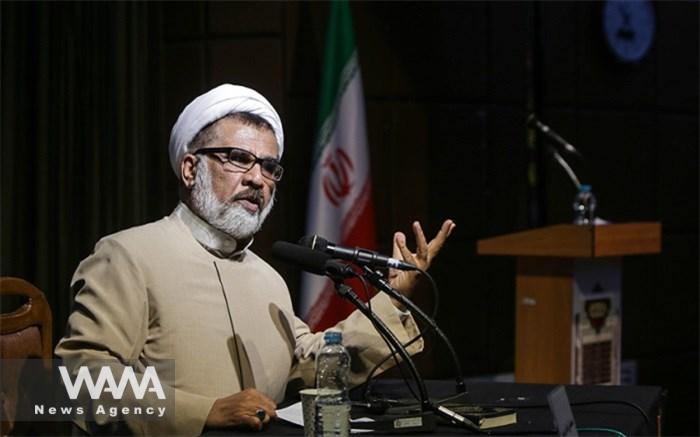
Clergy Fazel Meyboodi, a retired university professor. Social Media / WANA News Agency
Clergy Meybodi believes that the hijab enforced by the government is not the same one Islam religion talks about and recommends to women. He thinks that hijab is a non-governmental issue, and most intellectuals and scholars postulate that there should not be a law regarding religious issues like hijab.
“If the government didn’t reinforce and react the way they did, maybe women wouldn’t fight this much against the hijab.” Clergy Meybodi suggested when asked about women’s take on hijab.
But exactly how is “hijab’ in Islam religion? Is it the same strict dress code implemented by the government, or is it a “recommendation” of the religion? After all, Iranian women claim they are fighting against mandatory hijab and the government’s intense reactions, not the moral and religious concept of hijab.
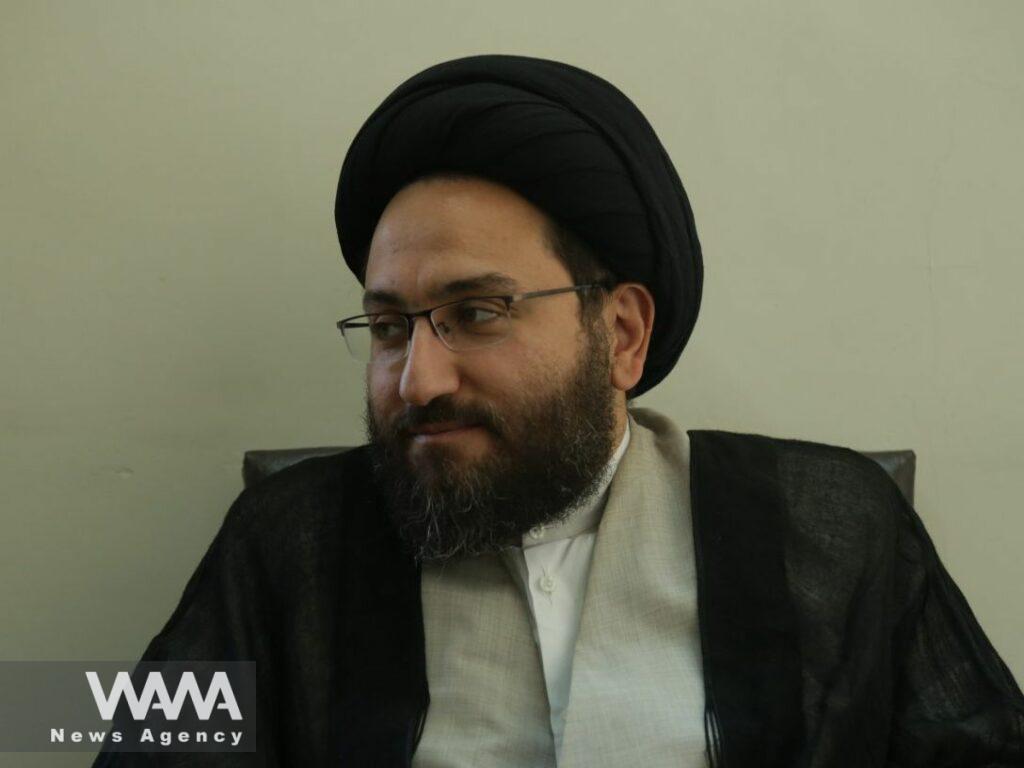
Clergy Seyed Sadegh Alamolhoda,47, a seminary lecturer. Social Media / WANA News Agency
To answer this question, we went to Clergy Seyed Sadegh Alamolhoda,47, a seminary lecturer, who had a different religious standing point than Clergy Meybodi.
“Even in religions other than Islam like Christianity, hijab is suggested to women but it hasn’t become law in lots of these Christian countries. This is the difference between a religious recommendation and a legal recommendation and implementation,” said Clergy Alamolhoda.
Clergy Seyed Sadegh Alamolhoda mentioned that hijab is the one thing all Shiite and Sunni scholars of religion studies agree on and emphasize.
“From the religious aspect, hijab was emphasized by Islam. It is what it recommends to women, and it may be hard on them, but it’s like a prescription a doctor gives to their patient, prescriptions that can occasionally be hard on the patient, but eventually, it is for their own good.” Clergy Alamolhoda said, comparing hijab to a healing prescription.
In contrast to Clergy Meybodi, Clergy Alamolhoda believes that the determination of the magnitude of these reinforcements should rest with the government.
Both of these esteemed scholars conclude that Islam presents the concept of hijab as a suggestion to women, encouraging them to embody devoutness. However, it is noteworthy that Islam does not prescribe strict or severe frameworks for its observance.

The voices of the opponents of the Western dress code are loud in Iran
WANA (July 12) – As July 12, the “Hijab and Chastity” Day in Iran, approaches, news, reviews, and criticisms about this calendar day are increasing daily. After the death of Mahsa Amini, a 22-year-old girl who died at the police station, the issue of hijab in Iran took a new form. Opponents of […]
In its prerogative, the government has implemented stringent enforcement measures about hijab based on its judgment. Nevertheless, both these revered figures believe that the government needs to exercise caution to ensure that these enforcement actions do not harm the perception and understanding of the Islamic religion.
In Iran, the hijab has long been a cultural, religious, and political topic. The mandatory enforcement of hijab, introduced after the Islamic Revolution in 1979, has sparked debates and discussions within Iran and on the international stage.
While the hijab symbolizes modesty and religious devotion, others view it as a form of oppression or a tool for societal control.
Iranian women have found unique ways to express their opinions about the dress code despite these differing perspectives.
The hijab in Iran encapsulates a complex interplay of identity, agency, and societal norms, making it a fascinating and multifaceted aspect of Iranian culture.
WANA writer / S, Khezri / July 18th, 2023
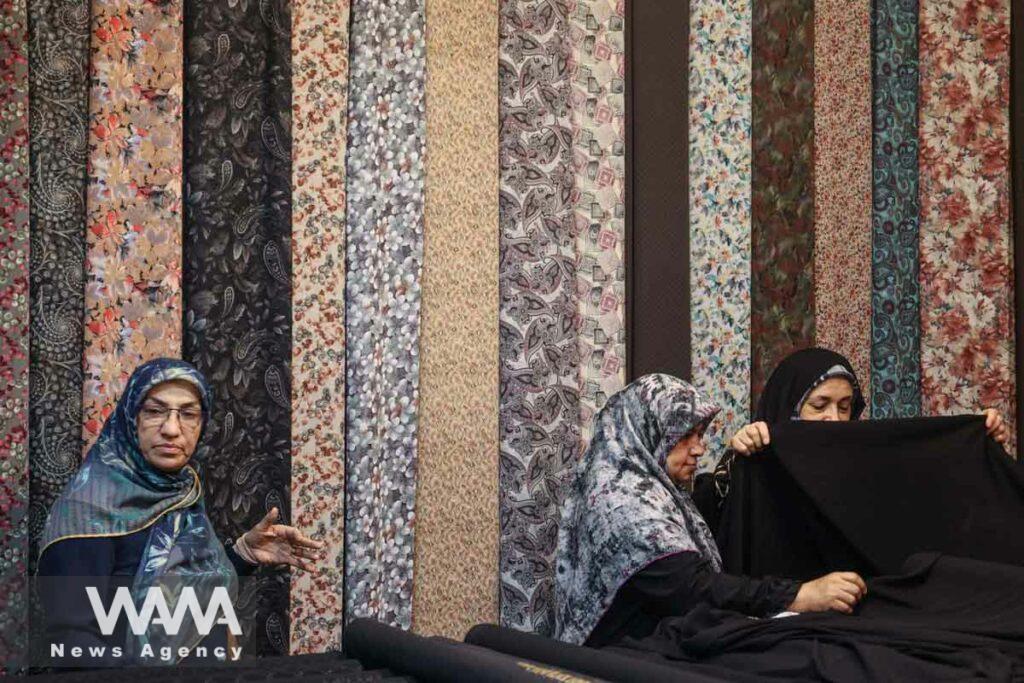
Iranian women attend the Hijab exhibition in Tehran, Iran July 15, 2023. Majid Asgaripour/WANA (West Asia News Agency)

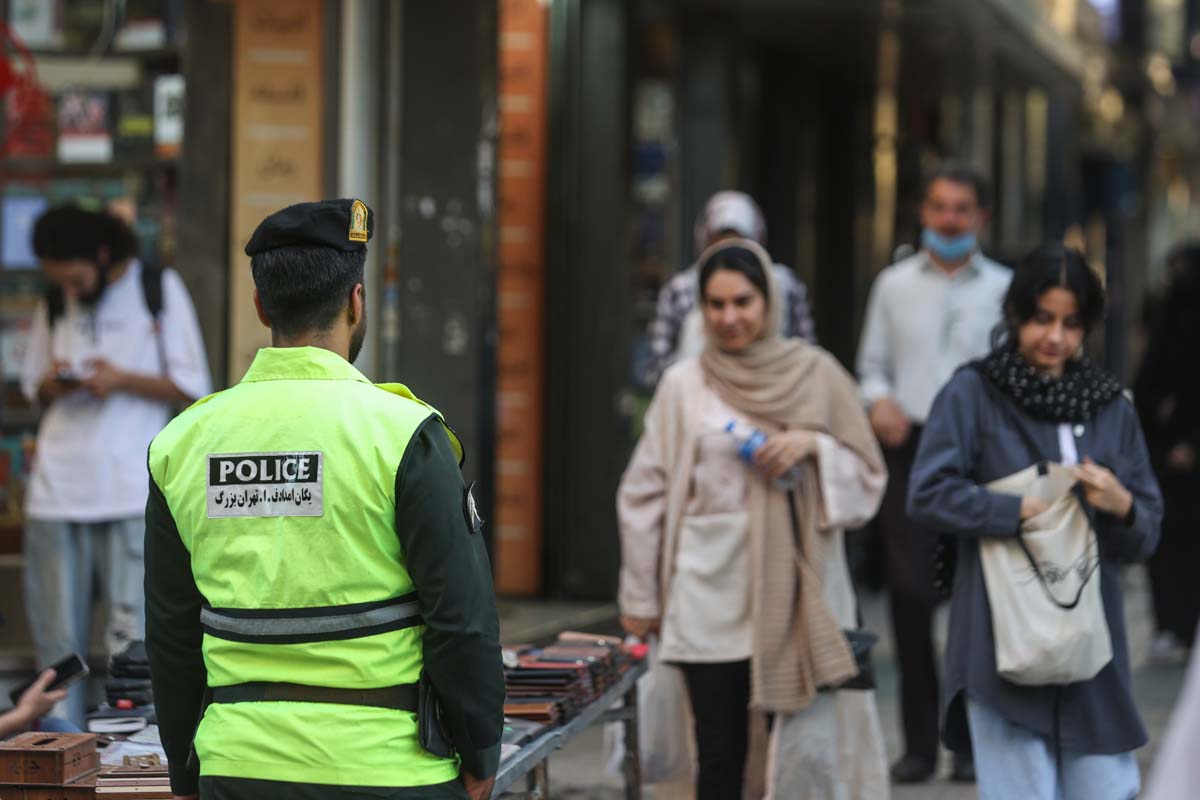
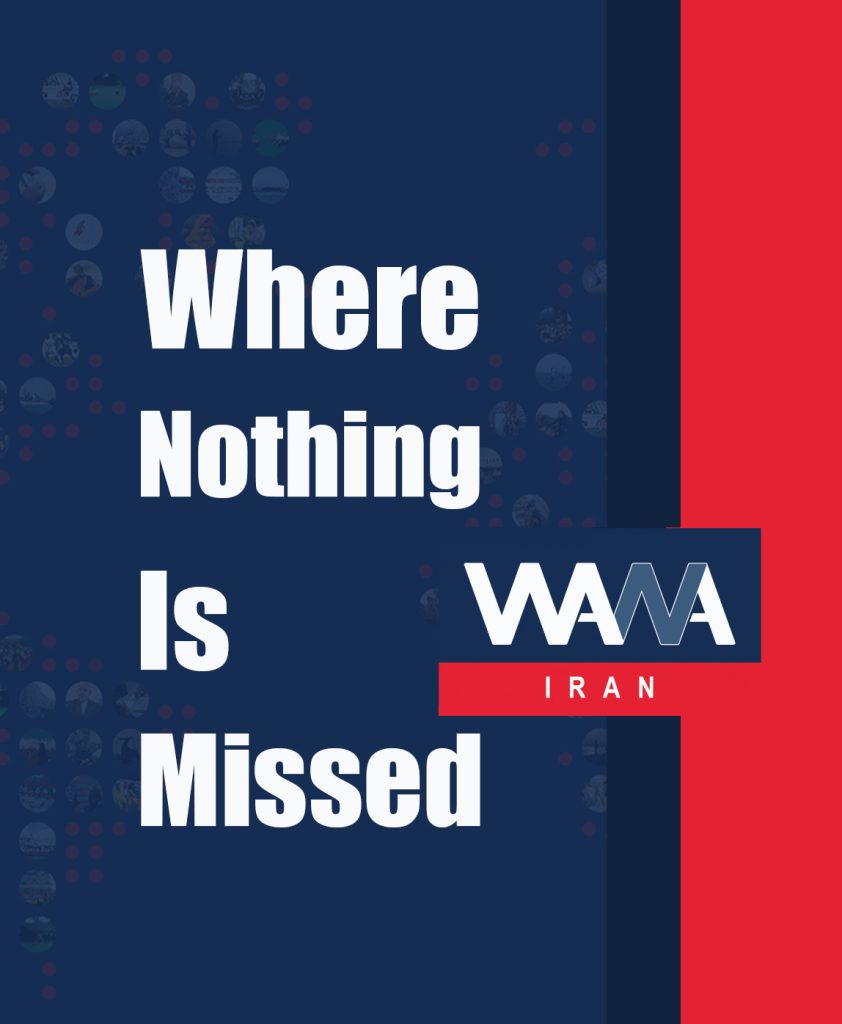










User comments